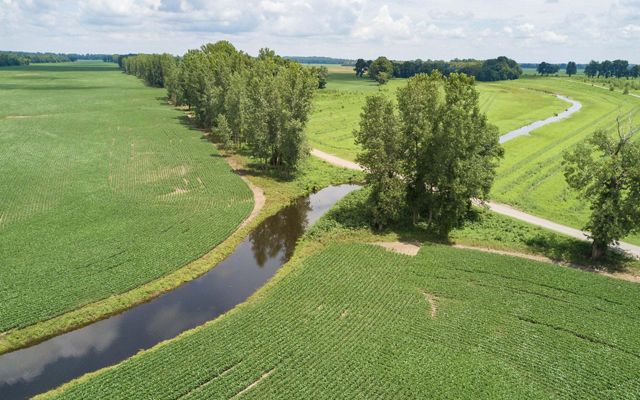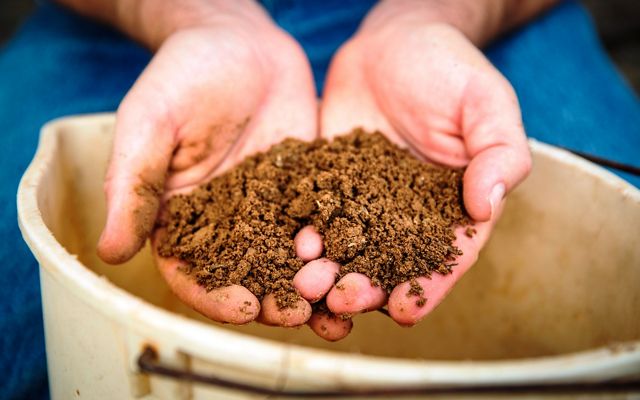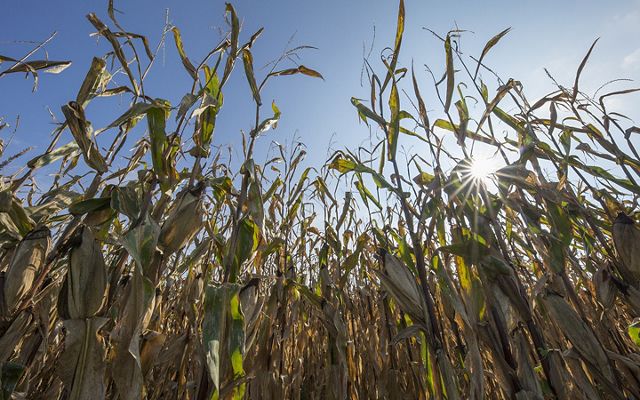Water Resilience Insights: The Nature Conservancy and Diageo’s Collective Action Journey
Article sharing insights and learnings from The Nature Conservancy and Diageo’s collaboration around global water stewardship.

Bourbon has long been a symbol of American heritage—so much so that in 1998, Congress declared it a “cultural contribution to the world...as uniquely and utterly American as jazz or baseball.”[1] Today, nearly three decades later, bourbon is poised to add another distinction to its legacy: becoming a leader in sustainability.
Kentucky’s bourbon industry offers a compelling test case of what it could look like when businesses operate in harmony with nature. Protecting natural habitats, such as forests, wetlands and grasslands, that border bourbon cornfields while also addressing the in-field productivity and sustainability challenges is essential. It's a critical strategy for addressing the dual crises of biodiversity loss and climate change while continuing to support a thriving bourbon industry.
The Kentucky bourbon industry has a key opportunity to bring this vision to life by exploring and implementing innovative approaches focused on collective, landscape-level action. This is a departure from the more traditional approach, where companies focus only on the acres directly tied to their supply chains. That narrow focus often overlooks the opportunity for companies to work together and engage with other stakeholders to keep the entire landscape healthy and resilient.
When farms in a sourcing region, for example, experience extreme weather events, such as floods or droughts, everyone relying on the land’s production is impacted. The availability of commodities for companies is threatened, their prices rise and farmers face increased pressure to convert native habitats into cropland, even when it's not economically viable. By engaging collectively across a landscape, companies can help stabilize supply chains, support farmers and protect nature while advancing their shared goals for climate and sustainability.
With its deep roots in Kentucky’s land, culture and agricultural traditions, the bourbon industry is well-positioned to emerge as a natural leader of landscape-level decarbonization and habitat protection. The shared sourcing regions used by both large distilleries and small craft producers create opportunities for collective action. Longstanding relationships with farmers who grow corn for bourbon provide a strong foundation for reaching the critical mass of farms and acres needed to achieve meaningful results at scale.
The Kentucky bourbon industry teamed up with The Nature Conservancy (TNC) to explore how it could deepen its commitment to nature and sustainable agriculture. With an initial focus on climate action, specifically the decarbonization of corn production, the initiative aimed to align the industry around shared goals, innovative solutions and collaboration with farmers to reduce greenhouse gas emissions.
This joint effort has identified key barriers and opportunities, explored strategies to lower emissions, and examined the science and incentives needed to support better farming practices. A central focus has been improving soil health through regenerative agriculture. This work culminated in a white paper that outlines a strategic roadmap that leverages bourbon’s global reputation and rich local roots to accelerate agricultural sustainability and combat climate change.


Farmers in the region already have a strong track record of conservation leadership, including widespread adoption of no-till agriculture. However, scaling additional practices like cover cropping or nutrient management requires clear communication, trust and tailored support. Farmers expressed strong interest in understanding how their efforts contribute to a company’s emissions and how their decisions can help companies meet broader sustainability goals.
To accelerate the adoption of regenerative practices, the bourbon industry must support farmers financially, technically and socially. Flexible cost-share models, implementation support and farmer-to-farmer learning networks are all valuable tools. But success must start with listening to and understanding the real barriers farmers face and co-creating the solutions that work on the ground.
One of the biggest barriers to decarbonization is the lack of reliable, localized data on the emissions associated with Kentucky corn and the benefits of different conservation practices. The bourbon industry has an opportunity to co-invest in new research—such as life cycle analyses, erosion cost studies and land use change assessments—to build a shared knowledge base that drives informed action.
Decarbonizing bourbon’s corn supply chain isn’t just good for the environment—it's good business. Scenario analysis and risk assessments can show companies the long-term value of nature-based solutions, from supply chain stability to brand reputation and climate risk mitigation.
While this effort is rooted in bourbon, its potential extends far beyond. Other sectors, such as animal feed, food and ethanol, also source corn from Kentucky and face similar climate pressures. By aligning shared research, policy priorities and sourcing geographies, the bourbon industry can help catalyze broader agricultural transformation across the region.


The Kentucky bourbon industry has a critical opportunity to reaffirm its place as a classic American institution, this time by pioneering innovative pathways to support both a thriving industry and a resilient natural landscape. Climate challenges are real, but so is the opportunity to lead. With strong traceability and overlapping sourcing regions, bourbon is uniquely positioned to drive change, not only within its own value chain, but across Kentucky’s agricultural landscape.
Now is the time to act. By working together, distillers, brands, farmers, researchers and policymakers can build a resilient, decarbonized future for bourbon, ensuring that this legacy spirit continues to thrive for generations to come.
This effort would not have been possible without the invaluable contributions of local stakeholders, who generously dedicated their time through interviews, email correspondence and face-to-face meetings to share their insights, knowledge and deep appreciation for Kentucky's corn and bourbon heritage. Finally, it is critical to recognize the importance of the private donor who provided the necessary funds to carry out this work, and the staff at TNC for their expertise and dedication to this work.
[1] Allen, F. E. (1998). Whiskey: The American Spirit. American Heritage, Volume 49—Issue 3. Read article
Get our monthly news with research highlights and insights about tackling climate change and biodiversity loss.